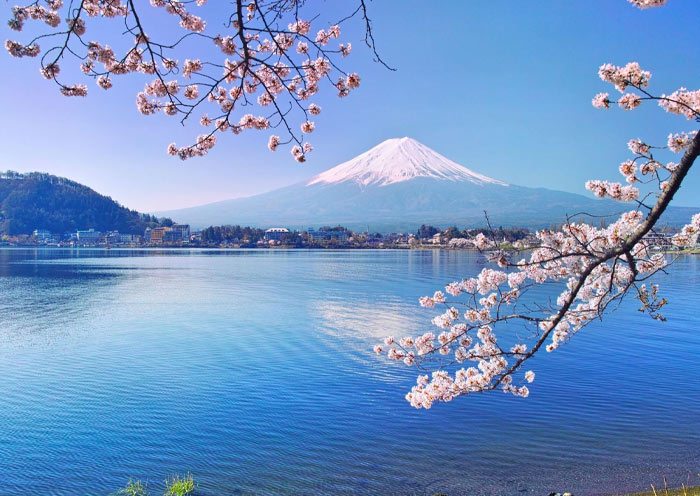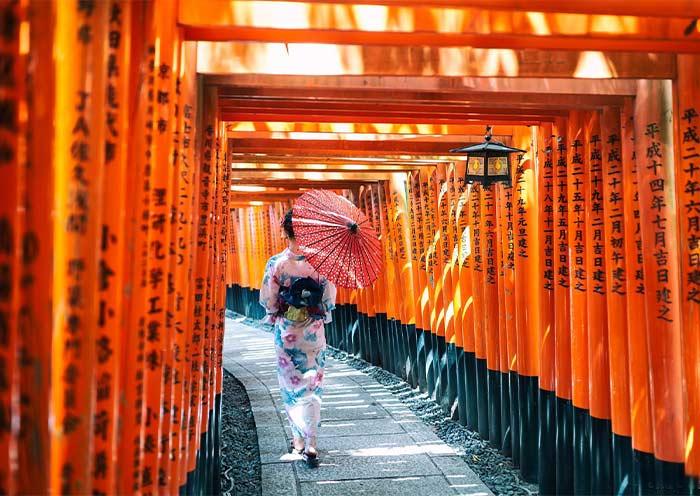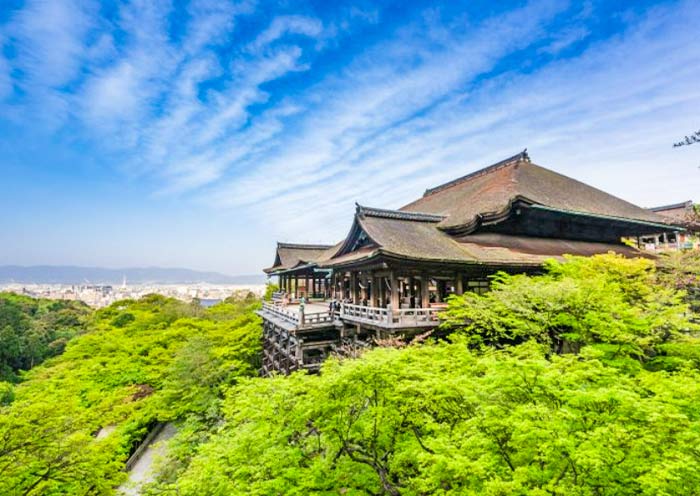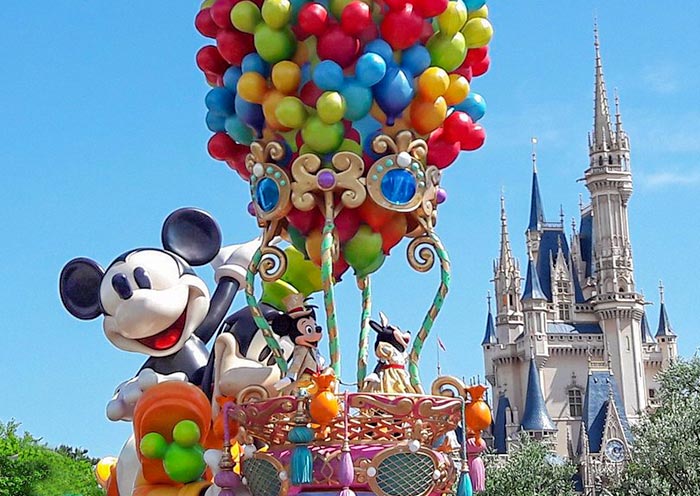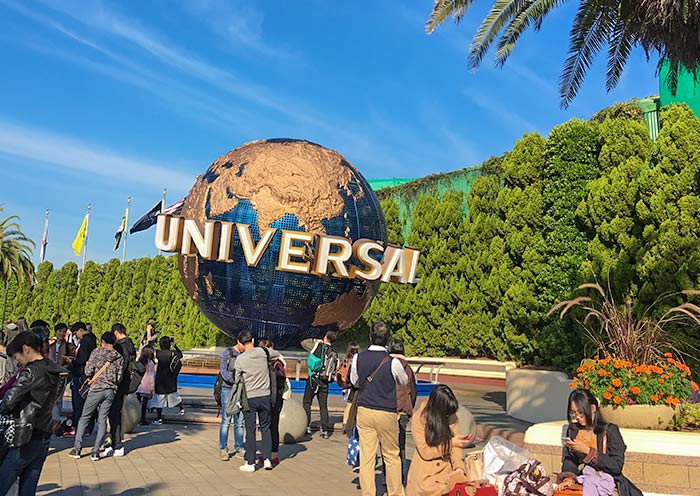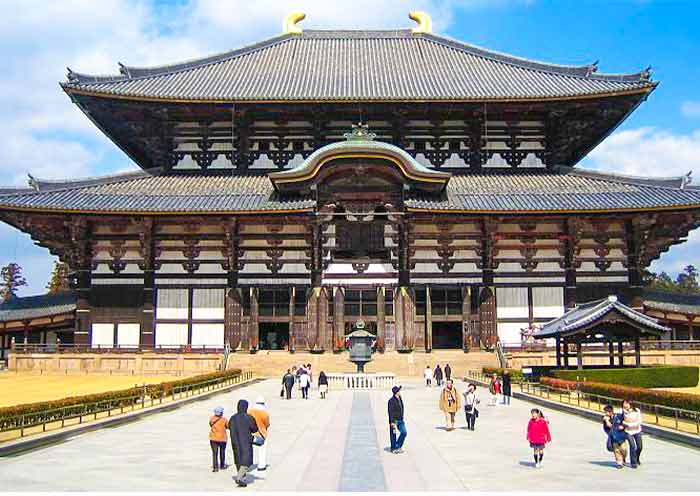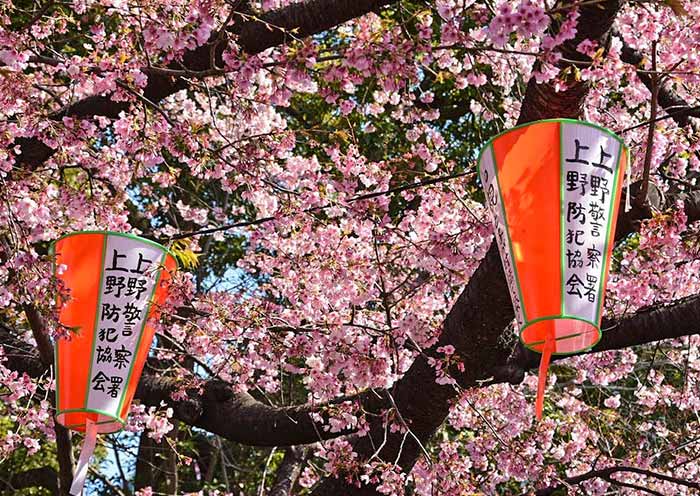Our 8 days group tour in December was amazing! Tokyo’s vibrant streets and Mount Fuji’s snow-capped beauty were breathtaking. Kyoto’s temples and Nara’s deer park offered a serene charm, while Osaka dazzled with its food and nightlife. Hiroshima’s Peace Memorial Park was deeply moving. The crisp winter atmosphere and festive illuminations added a magical touch. Traveling with a small group made the experience fun, seamless, and unforgettable!
6 Days Japan Highlights Tour with Mt. Fuji & Hakone Onsen (Hot Spring Tour)
From
USD 2040![]()
- This is the price per person, based on a group of 6 people, 4-star hotel accommodation, and travel during the regular season.
- Early-bird rates apply to bookings made at least 6 months prior to the departure date.
- The price is subject to change depending on your travel season, group size, hotel class, and potential fluctuations in currency exchange rates.
- Highlights
- Itinerary
- Price
- Trip Notes
- Accommodation
- Photos
- Reviews
6 Days Japan Vacation Package: Tokyo vs. Kyoto & A Tale of Two Cities
Plan a tour to Japan? How about “A Tale of Two Cities - Tokyo & Kyoto”? Take our 6 Days Japan Highlights Tour with Mt. Fuji & Hakone Onsen (Hot Spring Tour). Choose our Japan Vacation Package to explore two of Japan's most iconic cities: Tokyo vs. Kyoto.
Tokyo: The Modern Metropolis
Tokyo is a bustling metropolis (Capital & Imperial Palace) with a fast-paced atmosphere. From historic temples (Senso-ji Temple) to futuristic skyscrapers (Tokyo Skytree), Tokyo offers a wide range of experiences. A shopper's dream with countless stores and department stores (Akihabara). Enjoy a vast array of cuisines at Tsukiji Fish Market. Tokyo is a must-visit gateway to Mt. Fuji Tour & Hakone Hot Spring Tour.
Kyoto: The Cultural Heart
Kyoto is a living museum with numerous temples (Kiyomizudera Temple; World Heritage), shrines (Fushimi Inari Taisha Shrine), and traditional architecture. A slower pace of life allows for a deeper immersion in Japanese culture. Surrounded by mountains and greenery, Kyoto offers stunning scenery. Savor exquisite kaiseki cuisine and other traditional Japanese delicacies.
Book your 6 Days Japan Highlights Tour with Mt. Fuji now, and enjoy a Japan Hot Spring Tour by visiting Tokyo & Kyoto.


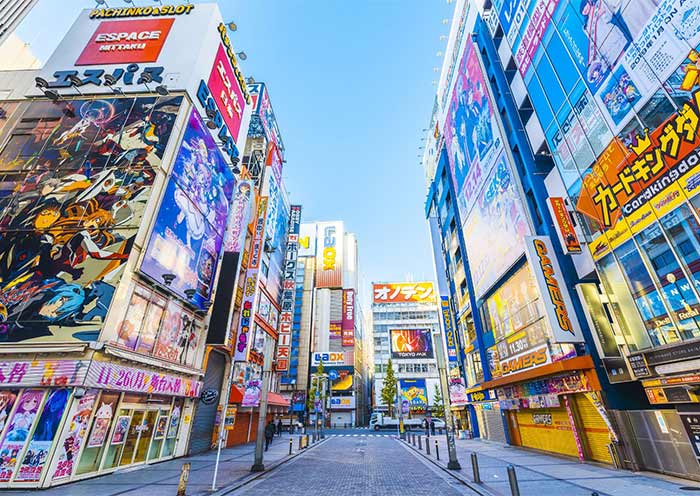


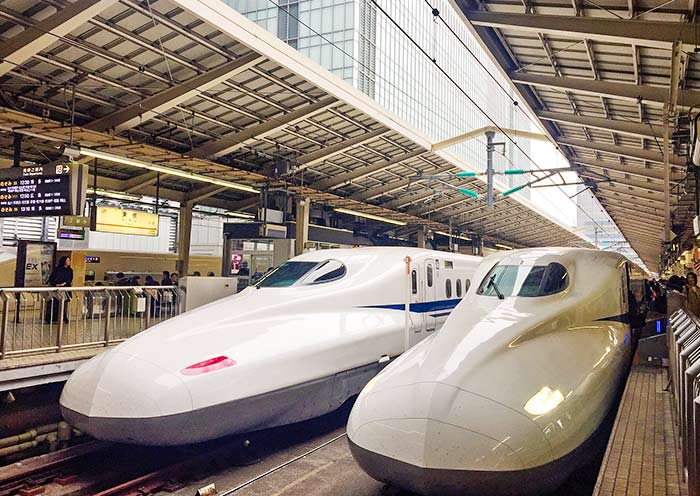
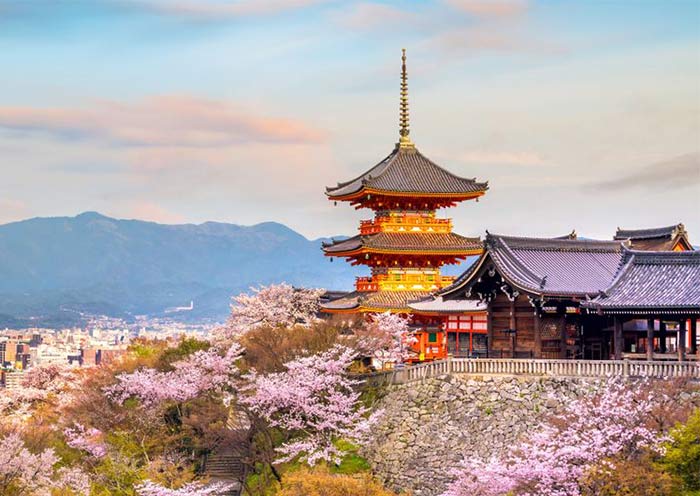
Itinerary at a Glance
Tokyo (2 Days)
Imperial Palace (or East Gardens of the Imperial Palace), Senso-ji Temple (view Tokyo Skytree), Akihabara Electric Town (Anime Cafe), Tsukiji Outer Market (Tsukiji Fish Market)
Hakone (2 Days)
View Mt. Fuji (World Heritage), Mount Fuji 5th Station, Lake Kawaguchi, Owakudani Valley (Black Eggs), Lake Ashi (Hakone Pirate Ship), Hakone Hot Spring (Hakone Onsen)
Kyoto (2 Days)
Fushimi Inari Taisha Shrine, Kiyomizudera Temple (World Heritage), Ninenzaka & Sannenzaka, Yasaka Shrine, Gion
Itinerary Day by Day
Konnichiwa(こんにちは)!Welcome to Tokyo, the capital city of Japan! Upon your arrival at the airport in Tokyo, your driver (not English-speaking) will meet you at the exit and then escort you to the hotel. You can have a good rest in your hotel and get ready to explore Tokyo with your guide the next day.
As one of Japan and Asia's largest economic centers, Tokyo is a hub for Japanese culture and art, with numerous museums, art galleries, theaters, and cultural venues, serving as a vital platform for artistic activities and cultural exchanges. Tokyo stands as a significant base for technological advancement, nurturing numerous high-tech companies and innovative talents, holding leading positions globally in areas like electronics, automotive, and robotics technology.
Situated at the southern end of the Kanto Plain, Tokyo is surrounded by diverse natural landscapes including Mount Fuji, providing residents with leisure and outdoor activity spaces. At one point, the population of the Tokyo metropolitan area reached 36 million, accounting for one-third of Japan's total population. Despite the high cost of living, Tokyo provides residents with convenient living conditions, offering a plethora of shopping centers, entertainment facilities, and a rich culinary culture ranging from fine dining to street food.
Arrival Ideas:
1. Japan has two commonly used international airports. Narita International Airport, located 63.5 km from the center of Tokyo, is the primary international air hub for Tokyo, where flights from China to Tokyo usually land. Tokyo International Airport (Haneda Airport), is situated 17 km from the center of Tokyo and mainly serves domestic flights within Japan and some international flights, including flights to South Korea and other East Asian regions.
2. Cities that have Direct Flights to Tokyo include, but are not limited to: Beijing, Shanghai, Guangzhou, Shenzhen, Hangzhou, Xi'an, Chengdu, Chongqing, Hong Kong, Taipei, Kaohsiung, Seoul, Singapore, Bangkok, Kuala Lumpur, Jakarta, Bali, Manila, Ho Chi Minh City, Hanoi, and more. Please note that flight information is subject to changes based on time and market demand. Contact us to obtain the latest flight information and prices.
3. In Japan, using public transportation such as the Subway JR trains is Recommended to save costs, avoid traffic congestion, and help reduce carbon emissions. Taxi Fares in Japan are relatively high, with a starting fare of around 660 Japanese yen and 140 yen per km. Waiting time is also charged. Surcharges are applicable during nighttime and peak hours (+20%), and expressway tolls are additional. Extra fees are levied for large luggage. For instance, a taxi ride from Tokyo Tower to Narita Airport, covering about 60-70 km,might cost around 25,000-35,000 Japanese yen (roughly 170-237 USD).
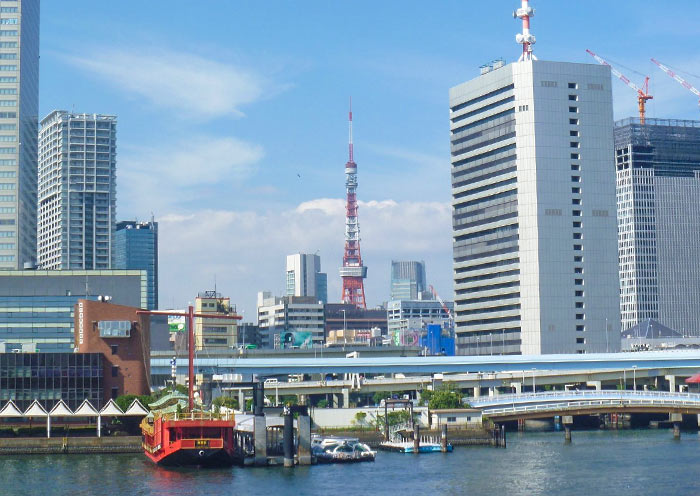
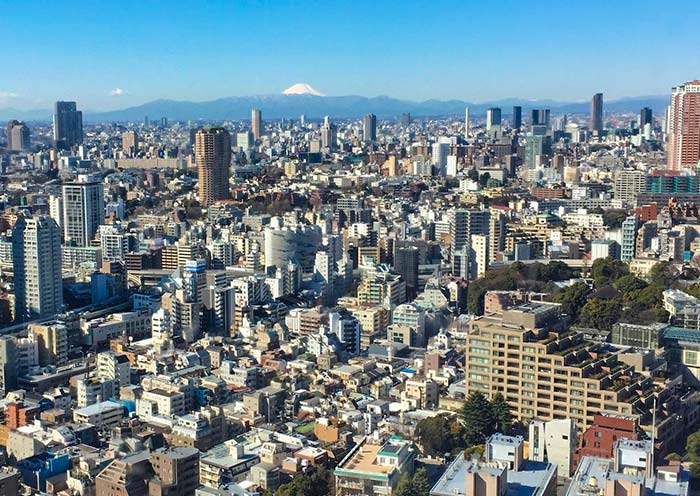
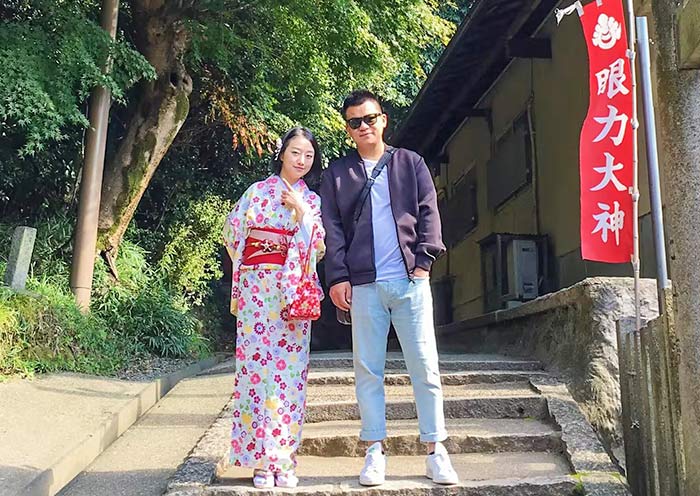
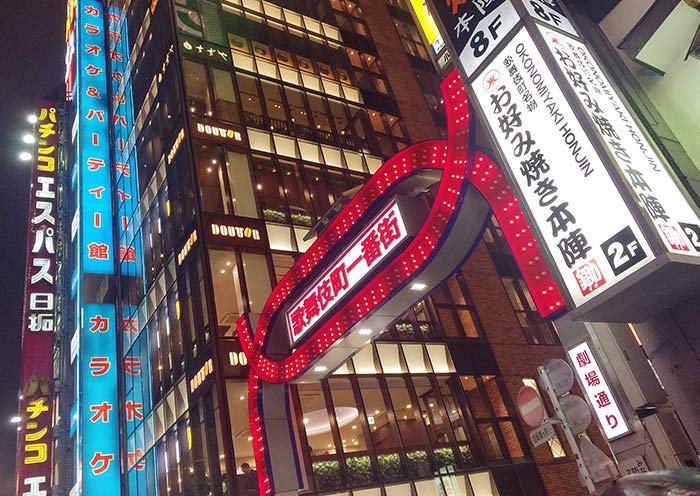
Full day explore Tokyo. You will visit the Senso-ji Temple (a Buddhist Temple; view Tokyo Skytree), Akihabara (Electric Town), Imperial Palace (or East Gardens of the Imperial Palace), &Tsukiji Fish Market.
Fiirst, head to Senso-ji Temple (Asakusa Kannon Temple), a must-visit for anyone traveling to Tokyo. Here, you can experience the heart of old Tokyo and its vibrant atmosphere. You can take photos that frame Senso-ji Temple & the Tokyo Skytree (Japan's Tallest Tower; 634 meters) together.
Senso-ji Temple was built in 628 AD and has a history of over 1300 years, making it one of Japan's Oldest Temples. It not only witnesses Japan's historical changes but also carries a rich Buddhist culture. The architectural style of Senso-ji Temple blends Japanese traditional culture and art, with rich colors and exquisite carvings. The main buildings include the main gate (Kaminarimon; a landmark of Tokyo), the bell tower, the Five-story Pagoda (a landmark of Tokyo), and the main hall, all reflecting ancient Japanese architectural style and religious beliefs.
Kaminarimon is the iconic structure of Senso-ji Temple, towering at 11.7 meters high and 21.7 meters wide, truly spectacular. Giant Red Lanterns hang in front of the gate, with the words "Kaminarimon" prominently displayed. Kaminarimon is not only a symbol of Senso-ji Temple but also one of Tokyo's Most Famous Landmarks. You may have seen the work of Utagawa Hiroshige, one of the "Three Greats of Ukiyo-e," in his piece "One Hundred Famous Views of Edo: Asakusa Kaminarimon," depicting a snowy scene of the Kaminarimon gate, celebrated for its delicate portrayal and profound imagery, becoming a masterpiece of Ukiyo-e art. The area is bustling, and crowded with people coming to pray and seek blessings for health, peace, and happiness. Around Senso-ji Temple, you can taste various Japanese cuisines, purchase unique souvenirs, and participate in various celebratory activities.
After that, you can explore Akihabara (The Electric Town). Akihabara is a district in Tokyo renowned as the center of anime, manga, video games, and electronics. It's a paradise for tech enthusiasts, you'll find countless stores selling anime merchandise, computer parts, and electronics. On the streets of Akihabara, you can see various cosplay enthusiasts showcasing and interacting while dressed in costumes of their favorite anime or game characters.
Visiting the Imperial Palace is not only significant for its high historical and cultural value as the residence of the Emperor of Japan but also for its unique architectural style and rich natural landscapes. The Imperial Palace complex combines classical and modern architectural styles, featuring traditional Japanese architectural elements like green tiled roofs, white walls, and tea-brown copper pillars alongside modern design concepts. Additionally, the design of defensive structures such as moats, walls, and gates reflects the architectural wisdom of ancient Japan.
The Imperial Palace was first constructed in the 18th year of the Tensho era (1590 AD) by the first shogun of the Tokugawa shogunate, Tokugawa Ieyasu, and stands as a crucial witness to Japanese history. Following the Meiji Restoration, the Emperor relocated from Kyoto to Tokyo and resided there, transforming the Imperial Palace into the political and cultural heart of Japan. Major imperial activities and diplomatic ceremonies take place within the Imperial Palace, including the Emperor's birthday celebrations and New Year's greetings.
Follow the guide route, and you can learn about the rich history of the site and the former Edo Castle. While you can't enter the palace itself, exploring the outer grounds and surrounding area offers a unique and enriching experience. You can also have the chance to see the Changing of the Guard or Witness some ceremonial event if you are lucky.
You will not miss the Two-tiered Bridge (Ni-ju Bashi Bridge), one of the iconic landmarks of Tokyo, attracting numerous domestic and international visitors who come to admire and take photographs. Located in front of the main gate of the Imperial Palace & spans the inner moat, the Ni-ju Bashi Bridge is not only a symbol of the Imperial Palace but also a microcosm of Japanese culture and history. As the bridge where ambassadors from various countries present their credentials to the Emperor of Japan, the Nijubashi Bridge has witnessed numerous crucial diplomatic moments. The name "Nijubashi" originates from its unique structure. Due to the deep moat and the low height of the old bridge, a second bridge was constructed above the original one, creating a double-layered appearance, hence the name "Nijubashi."
Note:
1. Imperial Palace - Reservation is required one month in advance and there is a daily quota limit. Closed on Sundays, Mondays, and holidays. Need to check the official update for the opening time.
2. Imperial Palace East Gardens - Closed on Mondays, Fridays, and holidays.It is a beautiful royal garden with grand courtyards, elegant ponds, lush flowers, and verdant trees that create an atmosphere akin to a fairy tale world. Strolling through here provides a glimpse into the daily life scenes of the Japanese Imperial Family.
3. If both Imperial Palace and Imperial Palace East Gardens are not available, you can visit Imperial Palace Plaza (Imperial Palace National Garden) and Two-tiered Bridge which are open to the public.
4. Imperial Palace Plaza- The Outer Gardens of the Imperial Palace serve as a public park for the citizens of Tokyo, featuring vast green spaces and meticulously trimmed cypress trees. During spring, the cherry blossoms bloom here, making it one of the renowned cherry blossom viewing spots in Tokyo.
5. You can visit the Meiji Jingu Shrine instead the Imperial Palace.
<Alternatively, you can visit Meiji Jingu Shrine if both Imperial Palace and East Gardens of the Imperial Palace are not available. Meiji Jingu Shrine (Meiji Shrine) is a Shinto Shrine dedicated to Emperor Meiji (1852-1912) and Empress Shoken (1849-1914), who played a crucial role in modernizing Japan while excelled in writing Waka (traditional Japanese poems of 31 syllables in the pattern 5-7-5-7-7). Meiji Shrine is a popular venue for traditional weddings, where you will have the opportunity to witness a Japanese Wedding Procession, experiencing the charm of Japanese traditional culture.>
You can also visit Tsukiji Fish Market. It was once the world's largest fish market, famous for its tuna auctions. However, in 2018, it relocated to a new, larger facility called Toyosu Market. You can still enjoy fresh seafood (sashimi, sushi, or seafood rice bowls), purchase kitchenware, and learn about a variety of seafood, including the characteristics, cooking methods, and nutritional value of different types of seafood.
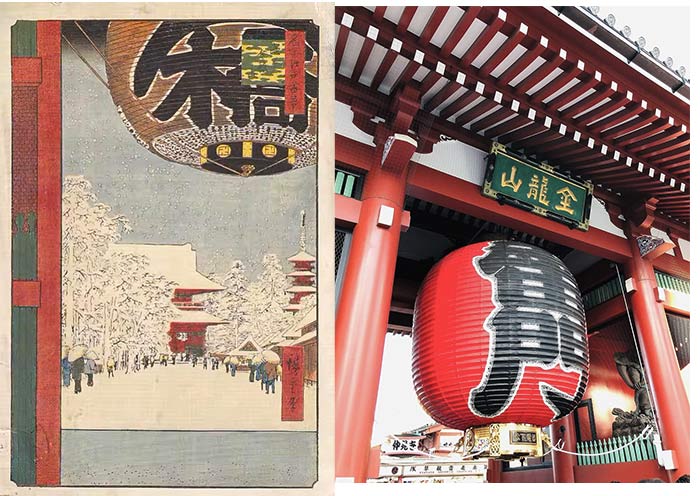

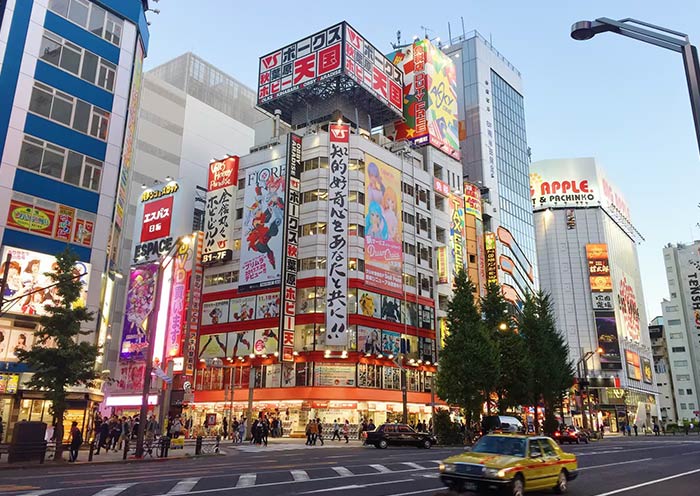
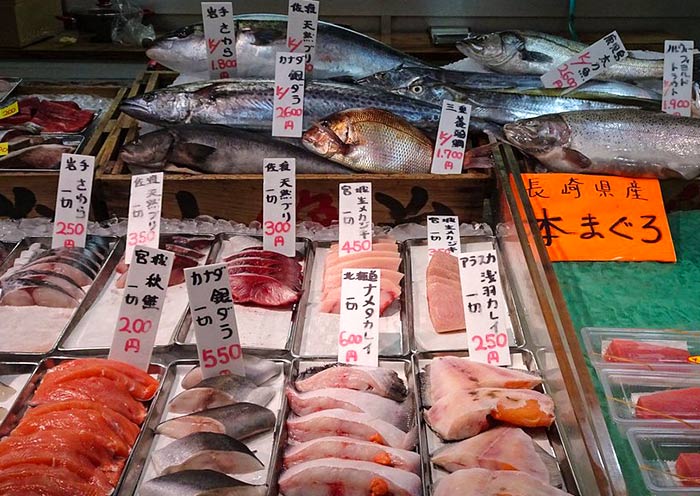
Today, head to Hakone & admire the breathtaking views of Mount Fuji from the Mount Fuji 5th Station, Lake Kawaguchi, Owakudani Valley, and Lake Ashi. Enjoy Hakone Hot Spring (Hakone Onsen; Optional) at night.
Mount Fuji is the tallest mountain in Japan. It's a famous volcano with a perfectly symmetrical cone shape. Visiting Mount Fuji is essential for any traveler in Japan. As a UNESCO World Heritage Site, Mount Fuji (3,776m) stands as an iconic symbol of Japan, a cultural and spiritual landmark (recognized as a holy mountain in Shintoism), and a natural marvel. When picturing Mount Fuji, its distinctive perfect cone shape and snow-capped peak likely come to mind. Among the most renowned depictions is Katsushika Hokusai's 'Thirty-Six Views of Mount Fuji'. Hokusai, one of the "Three Greats of Ukiyo-e," is best known for his masterpiece "The Great Wave off Kanagawa" which can be seen on the 1,000 Japanese yen bill.
Start your journey to Mount Fuji 5th Station (3.5 hours,153 km; within the Fuji-Hakone-Izu National Park) for a close-up Mount Fuji view. It offers breathtaking panoramic views of Mount Fuji (if weather permits) and the surrounding area, including the Fuji Five Lakes. For those adventurous enough, the 5th Station is the starting point for climbing Mount Fuji. Experience the unique alpine environment and the thrill of being so close to Japan's iconic mountain.
Then, head to Lake Kawaguchi for a leisurely walk along the lakeside. Lake Kawaguchi is renowned for its clear waters that often reflect the majestic Mount Fuji (if weather permits), creating a postcard-perfect scene and making it a popular destination for both domestic and international tourists.
In the afternoon, you can visit Owakudani. You can take the cable car (ropeway) from Owakudani Station to Togendai Station (near Hakone Pirate Ship Togendai Port). The cable car ascends through a beautiful valley, offering stunning views of Lake Ashi, lush forests, and volcanic landscapes. Owakudani is a unique and fascinating destination in Hakone, you can experience the raw power of nature as you witness active volcanic activity, steaming vents, and sulfurous hot springs. The area is a result of a volcanic eruption thousands of years ago. Don't forget to try the famous "Kuro-tamago" (Black Eggs; Self-pay), boiled in the volcanic hot springs, which are said to add seven years to your life.
Then, enjoy a Hakone Pirate Ship Tour at Lake Ashi. The ships are designed to resemble pirate vessels, adding a touch of excitement to the cruise. You can enjoy breathtaking views of Mount Fuji (if weather permits), the surrounding mountains, and the serene lake. Take in the fresh air and the peaceful ambiance as you glide across the water. The ship connects various points around the lake, making it a practical way to explore the area. Another major highlight is the iconic red Torii Gate of Hakone Shrine, one of Japan's eight great Water-based Torii Gates. Riding a pirate ship on Lake Ashi, you can admire the magnificent scenery of this water-based torii gate up close. On clear days, you can also gaze afar at the beautiful silhouette of Mount Fuji, creating a stunning picture.
After that, head back to your hotel and enjoy Hot Spring in Hakone (Optional). Hakone is renowned for its rejuvenating hot springs, or onsen. From indoor to outdoor, private to public, there's an onsen for everyone. You can soothe your body and mind with the healing properties of the hot spring waters. Enjoy breathtaking views of Mount Fuji while soaking in the outdoor baths. Experience traditional Japanese hospitality and bathing customs.
Accommodations in Hakone with Hot Spring:
If you need to soak in the hot springs or book hot spring hotels, please contact your travel consultant in advance.
Notes:
1. If the weather is clear, you can enjoy a good view of Mt. Fuji. However, if the weather is not favorable, Mt. Fuji may not be visible.
2. The best time to view Mount Fuji is generally from Nov. to Feb. when skies are clearer and the peak is snow-capped. Nevertheless, it's important to keep in mind that weather can be unpredictable, and even during these months, there is no guarantee of a clear view.
3. Early mornings often provide the best visibility before clouds obscure the view. Different locations around Mount Fuji offer varying perspectives, with some spots known for their clear views.

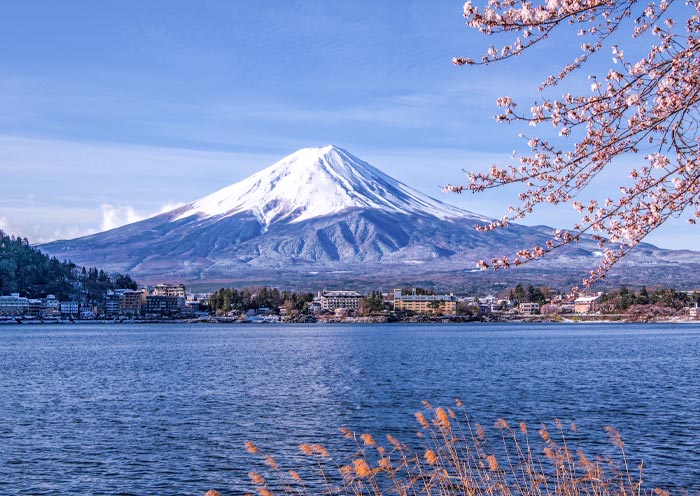
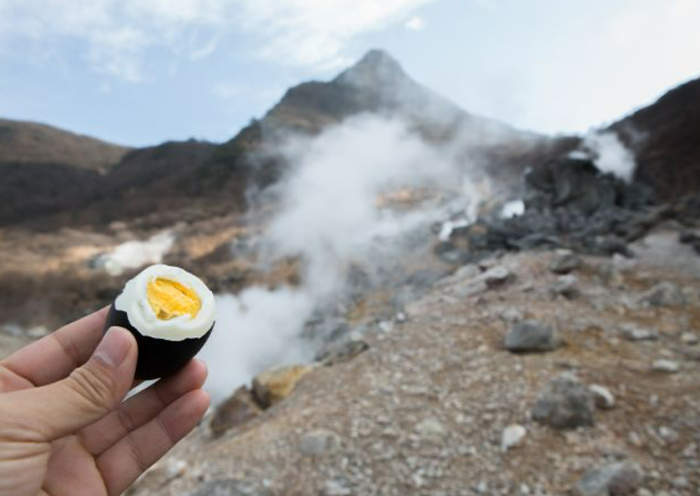
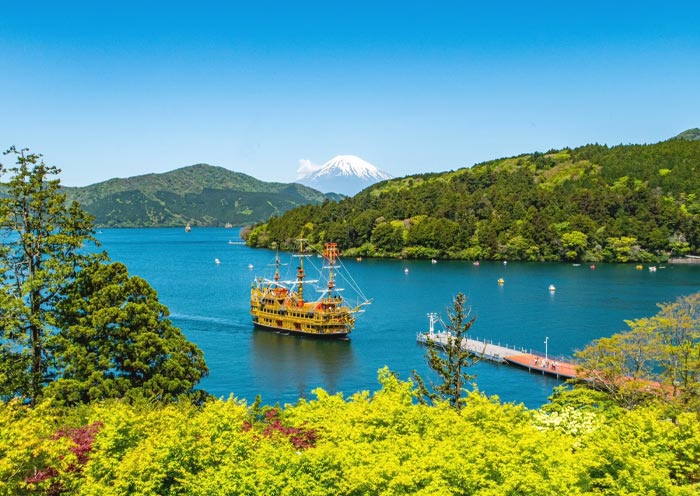
Today, you will take the Shinkansen (Bullet Train) to Kyoto by yourself after your Free Time Explore in Hakone. (Shinkansen Ride: This fast and comfortable journey offers a chance to enjoy the changing landscapes of urban and rural Japan.)
Free Time Idea in Hakone:
The Hakone Open-Air Museum is Japan's first outdoor art museum with sculpture as its main theme, offering a unique experience of enjoying art in a natural setting. The museum covers an area of 70,000 square meters and houses over 400 sculptures from sculptors around the world, including works by renowned artists such as Henry Moore, Rodin, and Picasso. In addition to traditional sculpture displays, the museum features interactive art installations like the "Symphonic Sculpture," a large net woven with colored ropes, and the "Labyrinth of Contemplation," a sunken maze. These pieces combine both design and playfulness. There is also a children's playground inside a wooden structure house within the museum, providing a space for families to engage in interactive activities.
Upon arrival in Kyoto, your driver will greet you at Kyoto Station and transfer you to your hotel. Check in, take some time to settle in, and rest.
Kyoto, located in the Kansai region of the country, was once the capital of Japan. It epitomizes ancient Japan and is famous for tranquil temples, exquisite gardens, colorful shrines, grand imperial palaces, and ornate castles. Boasting 17 UNESCO World Heritage sites, over 1,000 Buddhist temples, and more than 400 Shinto shrines, Kyoto is among the world's most culturally rich cities. It's also known for traditional Japanese arts and practices, such as tea ceremonies, kaiseki dining (a traditional multi-course meal), and ikebana (flower arranging). It remains one of the best places to see geishas, who are traditional Japanese female entertainers known for their refined skills in arts, music, dance, and conversation.
Free Time Ideas in Kyoto:
1. Evening Stroll Along the Kamo River: This river flows through the city and provides walking paths with beautiful views. Many cafes and restaurants along the river have terraces, perfect for a relaxing end to your day.
2. Walk the Philosopher's Path: Enjoy a peaceful walk along the Philosopher’s Path, a stone path lined with cherry trees that follows a canal in northeastern Kyoto. This path is especially beautiful during cherry blossom season but offers a serene experience year-round.




Start morning in Kyoto bright and early at one of its most iconic sites - the Fushimi Inari Taisha Shrine to beat the crowds.
Fushimi Inari Taisha Shrine is famous for its thousands of vermilion torii gates, known as Senbon Torii (thousands of Torii Gates). Layers upon layers of vermilion torii gates line the lush, wooded hillside, forming a seemingly endless corridor. The vibrant orange and black gates contrast beautifully with the surrounding greenery, creating a visually stunning and almost otherworldly path that is highly photogenic.
Fushimi Inari Taisha was founded in the early 8th century (711 AD) and is primarily dedicated to Inari, the Shinto god of rice, fertility, sake, agriculture, and industry. As you explore the shrine, you will encounter hundreds of fox statues. Said to be the messengers of the God Inari, who is associated with cereal grains, these Fox Statues often symbolize the deity. Many of these fox statues are depicted holding a key in their mouths, which is said to open the granary.
Tips: Hiking to the summit of the mountain and back will take two to three hours, but many people go only as far as the Yotsutsuji intersection because there are fewer torii gates beyond this point. It will take 30 to 40 minutes to reach Yotsutsuji.
Next, visit Kiyomizudera Temple, a UNESCO World Heritage Site. Perched on the hillside of Eastern Kyoto, this temple is renowned for its wooden stage that juts out over the hill, providing stunning views of the city and the surrounding nature. The temple's main hall, constructed entirely without the use of nails, is an architectural marvel. Kiyomizu-dera is also celebrated for its sacred waters, which are believed to have wish-granting powers that draw countless visitors who come to drink from its stream. Don’t miss the Hondo (Main Hall), Jishu Shrine, the Otowa Waterfall, and the spiritual experience of the Tainai-Meguri room.
Tips: The scenery at Kiyomizu-dera Temple is distinctively beautiful in each season, offering a unique charm year-round. In spring, the mountains are adorned with charming cherry blossoms; in summer, they are lush with vibrant greenery; in autumn, they are decorated with brilliantly colored leaves; and in winter, they are filled with enchanting trees.
Then, walk up the well-preserved streets of Ninenzaka and Sannenzaka. These charming, sloping streets are lined with traditional shops and quaint tea houses, offering a nostalgic glimpse into Kyoto's past. As you stroll through these areas, you can shop for unique crafts, sample local snacks, and perhaps stop at a café to relax and soak in the atmosphere of old Kyoto.
Continue to Yasaka Shrine, the guardian shrine of the Gion entertainment district, which dates back over 1,350 years. Yasaka Shrine is particularly favored by those seeking beauty and wealth. Visiting this significant Shinto shrine in Kyoto, you may also find yourself gaining some good luck. The shrine is most famous for its Gion Matsuri in July, during which you can witness the procession where the deities of Yasaka are paraded through the city streets.
Adjacent to the shrine, Gion is Kyoto's famous geisha district. Here, you might catch a glimpse of Geisha (Geiko) in their elaborate kimonos and traditional makeup. As you wander through the cobblestone streets of Gion, take a moment to appreciate the beautifully preserved machiya (wooden townhouses), ochaya (teahouses), and exclusive ryotei (traditional Japanese restaurants). Gion is particularly enchanting at dusk when the lanterns are lit and geishas and maiko (apprentice geishas) make their way to evening appointments, making the narrow lanes come alive.
Stay overnight in Kyoto.
Optional Activities:
1. Join a Geisha Experience. It offers a chance to see a performance by a geisha, experience the tea ceremony, and learn all about its artful rituals.
2. Kyoto traditional kimono experience. Wear a traditional kimono and stroll through scenic districts like Gion or around Kiyomizu-dera Temple. Enjoy photo opportunities and the feel of traditional Japan.
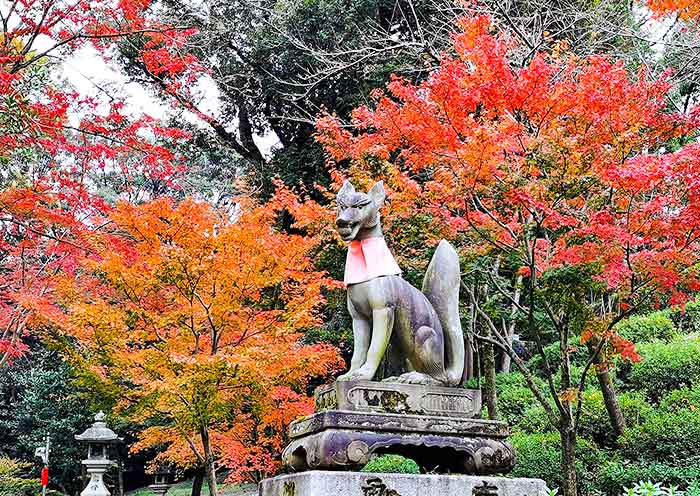


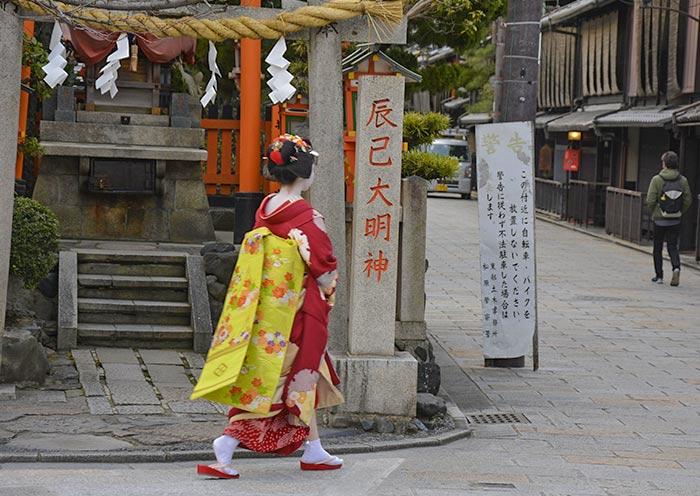
It is time to end your 6 Days Japan Tour. It is about 65 km from Kyoto to Osaka Airport (about 1.5 hours). You will have some free time in Japan to explore further on your own until your driver escorts you to the airport for your flight to your next destination.
If you prefer to travel longer in Japan, you can extend your Japan Trip to other highlighted parts of Japan, such as Osaka, Nara, Hiroshima, Hokkaido, etc.
Thank you for choosing Asia Odyssey Travel (AOT) for your Asia Tour. We are always here working for you and hope to see you again on your next trip to Asia. Safe journey!
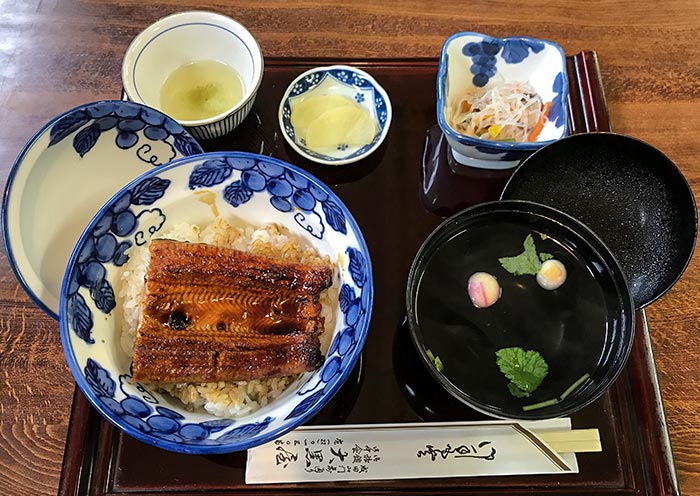

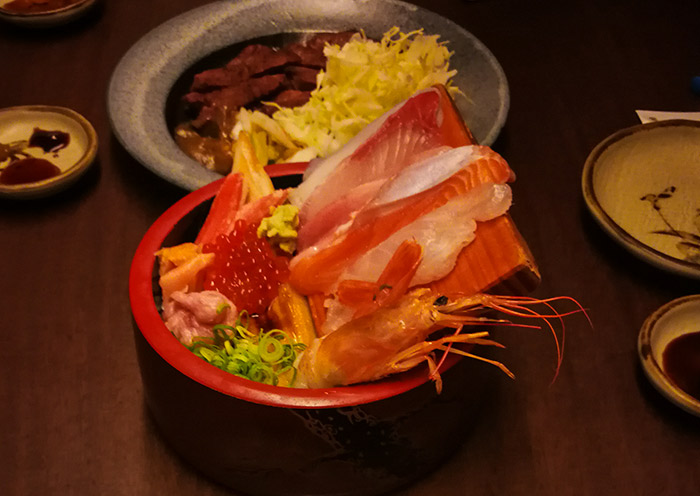

Explore Tour Costs and Request a Free Quote
| Number of People | Regular Season | Spring Season | Autumn Season | Book Tour |
|---|---|---|---|---|
| (Jan, Feb, May, Jun, Jul, Aug, Sep) | (Mar, Apr) | (Oct, Nov, Dec) | ||
| 2 Persons | from $3250 pp | from $4040 pp | from $3510 pp | Free Enquiry |
| 4 Persons | from $2300 pp | from $2900 pp | from $2460 pp | Free Enquiry |
| 6 Persons | from $2040 pp | from $2560 pp | from $2180 pp | Free Enquiry |
What’s Included & What’s Excluded
What's Included:
What's Excluded:
Important Travel Tips for Visiting Japan
Get the right visa. Depending on your nationality and the length of your stay, you may need to apply for a visa in advance. You can do this online or at a Japanese embassy or consulate. Many countries are part of Japan’s visa exemption program, allowing their citizens to enter Japan for short stays without a visa for tourism. Always check if your country is on this list before applying for a visa. If you have any questions, feel free to contact our travel experts for more information.
The best time to visit Japan depends on your interests:
Spring (March to May): Ideal
for witnessing the cherry blossoms and enjoying mild weather. Major cities like Tokyo, Kyoto, and Hiroshima
are particularly beautiful as cherry trees bloom spectacularly.
Summer (June to
August): Perfect for experiencing vibrant festivals such as Gion Matsuri in Kyoto,
Tanabata Matsuri across the country, and enjoying the natural beauty of Hokkaido, which is less humid than
the rest of Japan. Note that early summer (June) is the rainy season.
Autumn (September to
November): Offers stunning fall foliage, making it a great time for hiking and temple
visits. The weather is cool and pleasant, ideal for outdoor activities.
Winter (December to
February): The best time for winter sports, especially in regions like Hokkaido and the
Japanese Alps. Onsens (hot springs) are also a popular attraction during the cold months.
Bring Cash. Despite advances in digital payment, many smaller vendors, temples, and rural
areas operate predominantly with cash. It’s wise to keep some yen on hand at all
times.
Universal Travel Adapter. Japan uses 100V with two straight thin
pins.
Passport: Ensure it’s valid for at least six months beyond your date
of travel.
Visa (if required): Make sure you have the right visa for your
travel.
Travel Insurance Information: Always good to have on hand.
Bow when greeting: A slight bow is a common way to say hello, thank you, or
sorry.
Be mindful of your noise level: Japanese culture values quietness,
especially in public transportation and residential areas.
Follow the rules: Whether
it's waiting in line or adhering to signage, following local rules and etiquette is highly
valued.
Etiquette in temples and shrines: Wear modest clothing and follow specific
customs such as washing hands and mouth before entering a shrine or temple. Photography might be restricted
in sacred areas.
Looking for more travel guides for first-time visitors to Japan? Want to gather additional information to plan your trip? Our team of professional travel experts has written over 40 articles about Vietnam. Please check out ourJapan Travel Guide for inspiration and detailed insights.
Hotel Conditions for Your Japan Tour
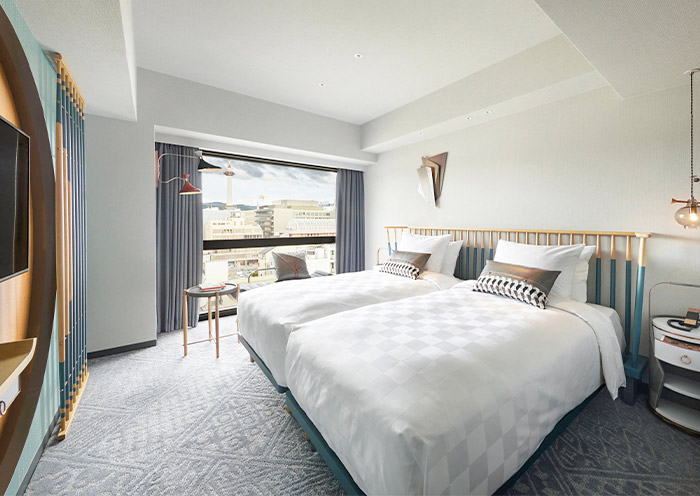

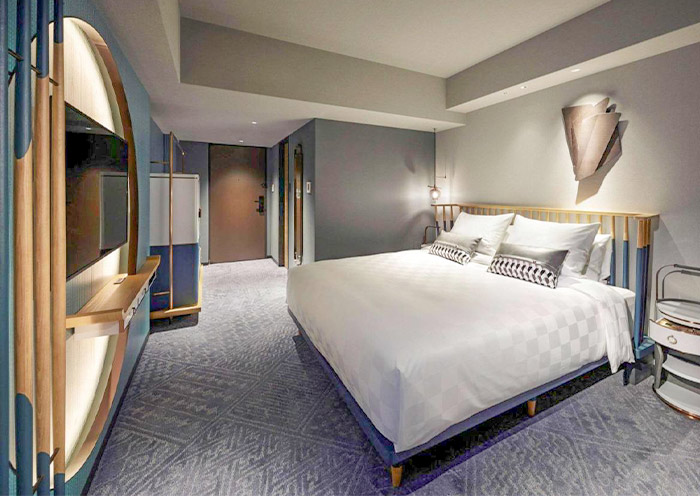
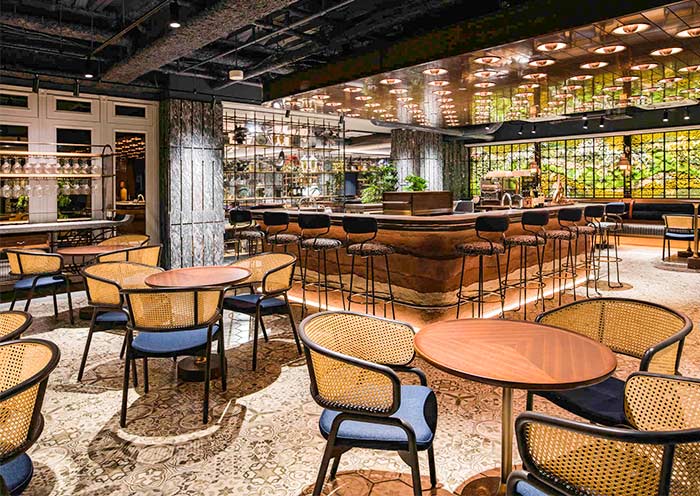
We offer a range of accommodation options to suit various preferences and budgets: luxurious 5-star hotels, comfortable 4-star hotels, and economical 3-star hotels. Our selected hotels are conveniently located close to the city center or popular tourist spots.
For those seeking a more distinctive lodging experience, we also offer Traditional Ryokans, Machiya, Onsen (hot springs) Hotels, etc. If you have specific needs or preferences, please consult with your travel advisor.
Tips: Be aware that hotel room sizes in Japan may be smaller compared to those in other developed countries due to the scarcity of land. If your budget allows, it is recommended to opt for a higher category of hotel, which will generally offer more comfort.
Photo Gallery for This Itinerary
Latest Japan Tours Reviews from Our Customers

Sam Lin
Singapore
Date of Experience: Dec 24, 2024
Tour Customized by: Vincent
You May be Interested in This Tour: 8 Days Best Japan Group Tour: Japan Highlights & Hiroshima

Zhang Xin Hua
Malaysia
Visiting Japan’s Golden Route in October was incredible! From Tokyo's vibrant city life to the serene beauty of Mount Fuji, every stop was unforgettable. Kyoto’s temples and Nara’s friendly deer captured Japan’s charm, while Osaka’s food scene was a delight. The mix of tradition and modernity made it a perfect 7-day journey!
Date of Experience: Oct 26, 2024
Tour Customized by: Allan
You May be Interested in This Tour: 7 Days Japan Golden Route Tour in Small Group

Dan Z
Washington DC
Date of Experience: Aug 24, 2024
Tour Customized by: Rex
You May be Interested in This Tour: 7 Days Japan Kansai Tour with Hiroshima: Osaka, Kyoto, Uji & Nara
Price: From USD 2040 pp
(Based on a private tour for 6 persons staying in 4-star hotels. Prices may vary depending on the itinerary, travel dates, and group size. )
(Book at least 6 months in advance)
